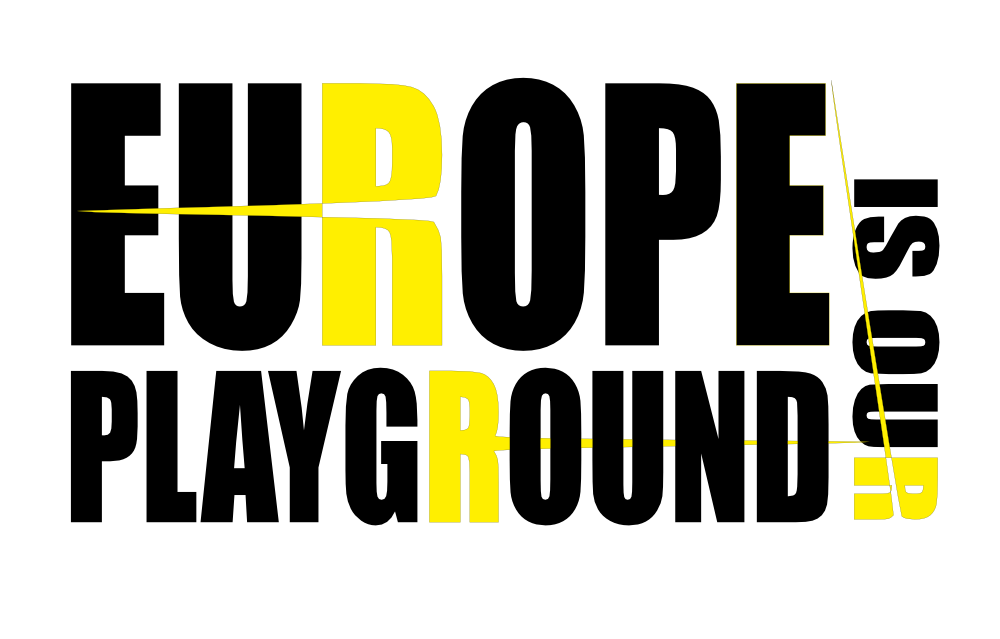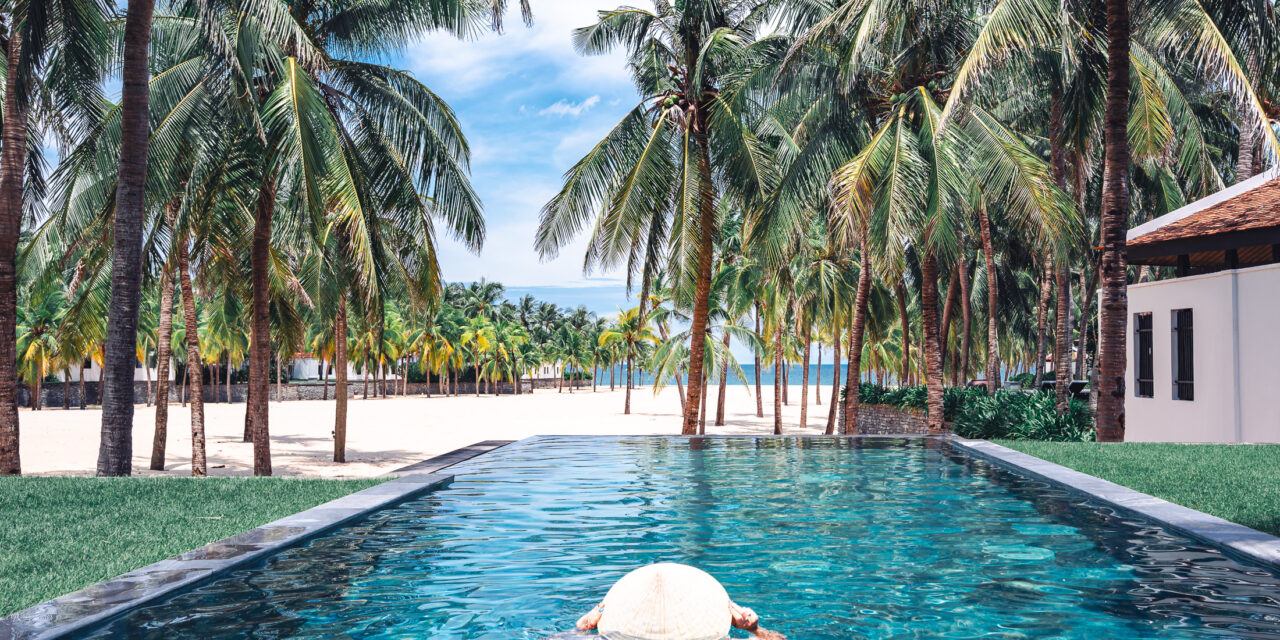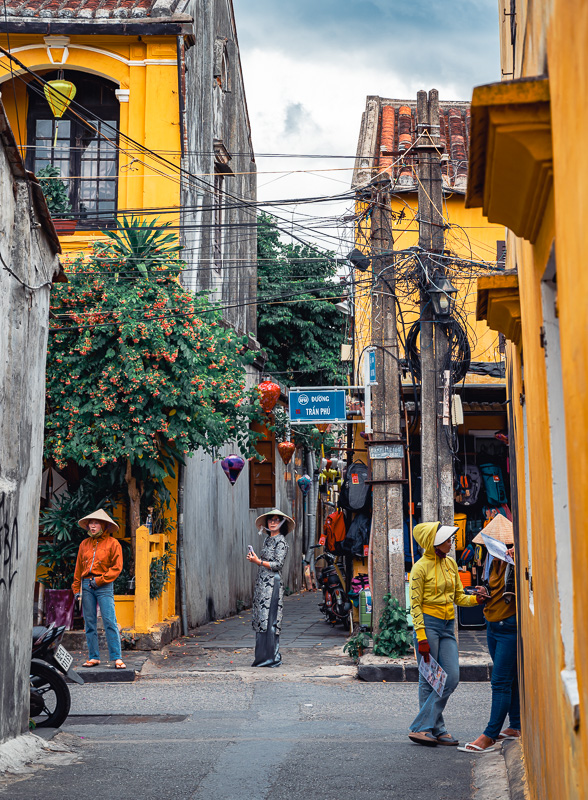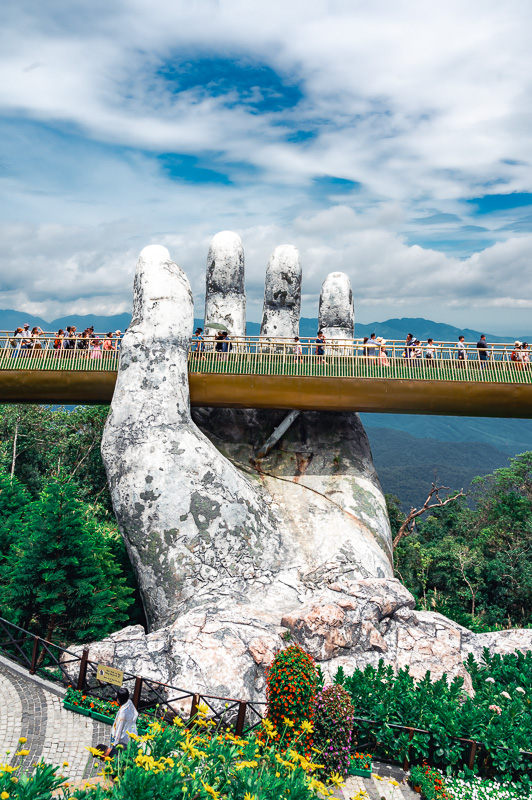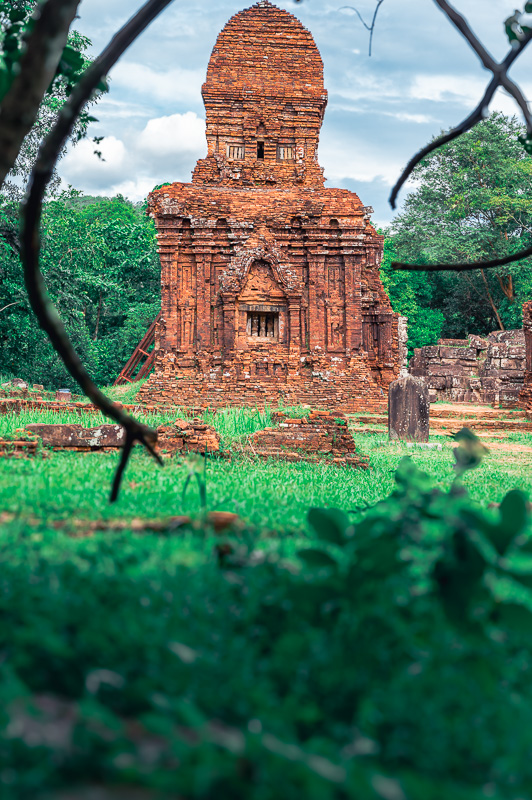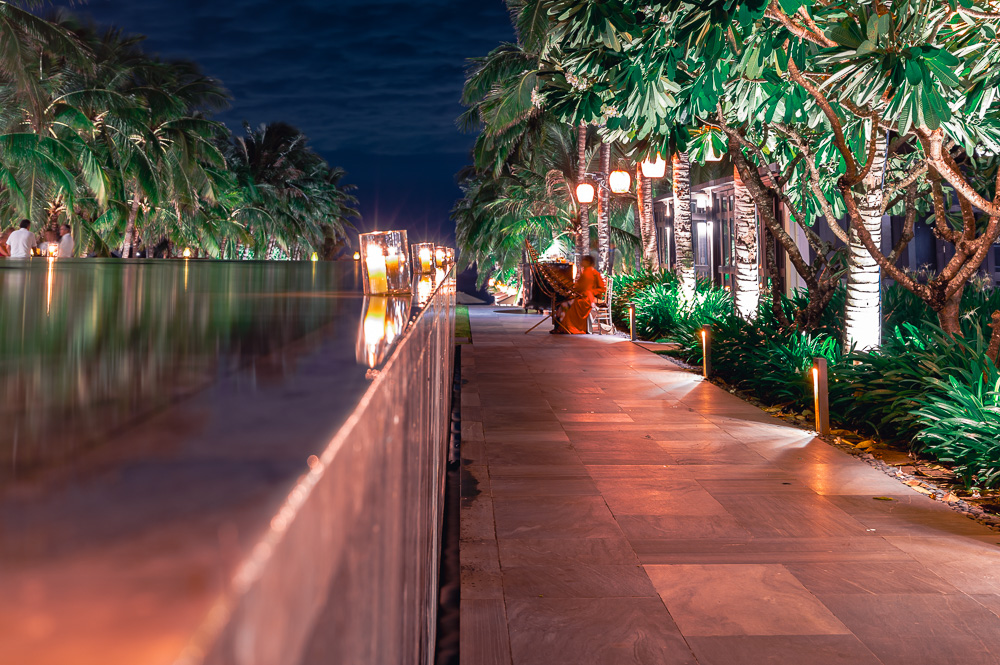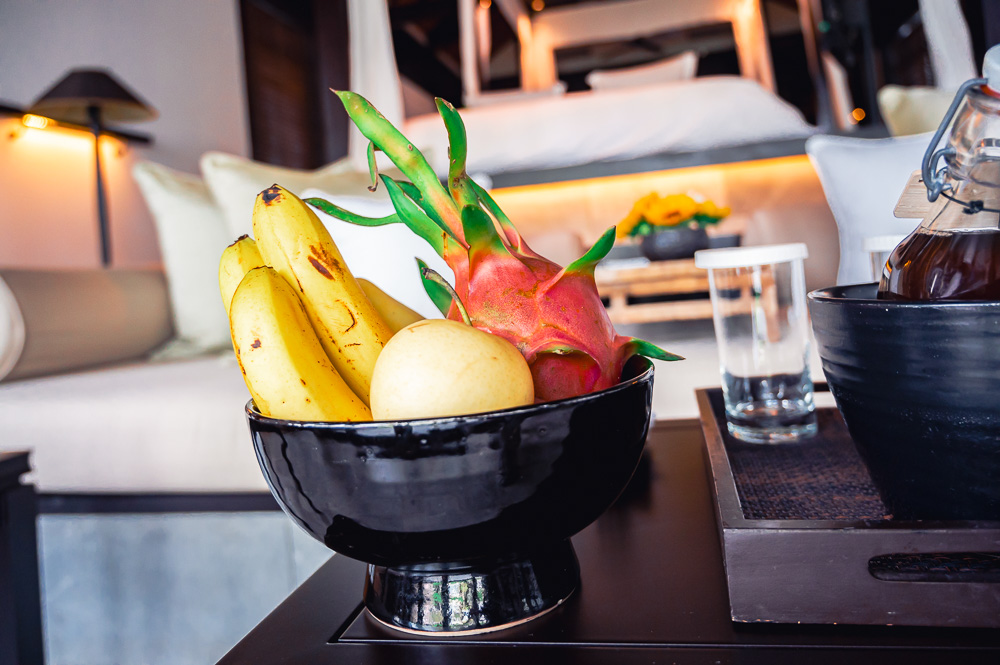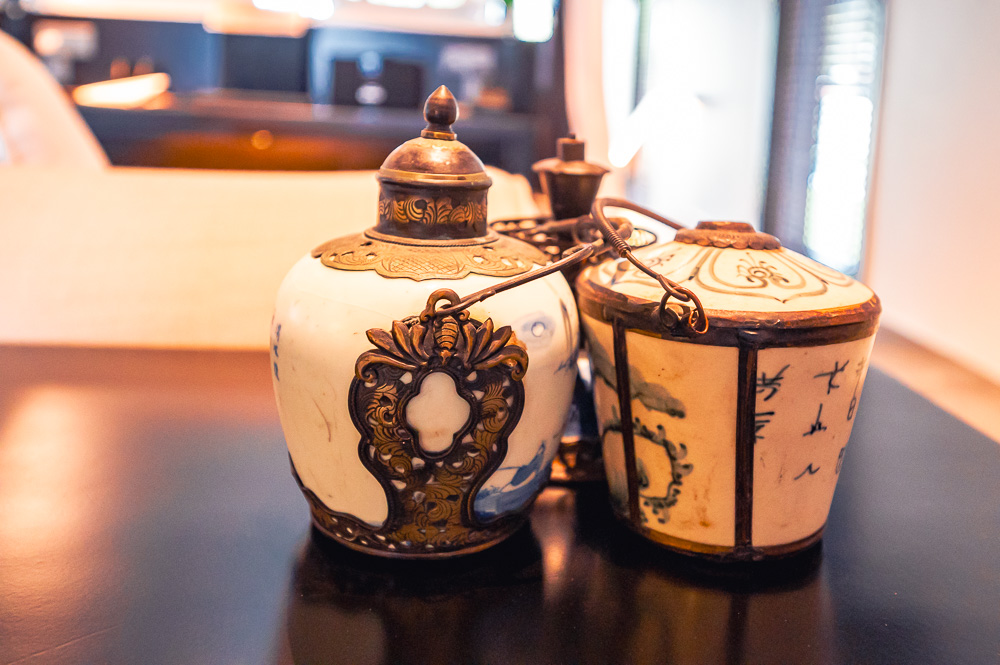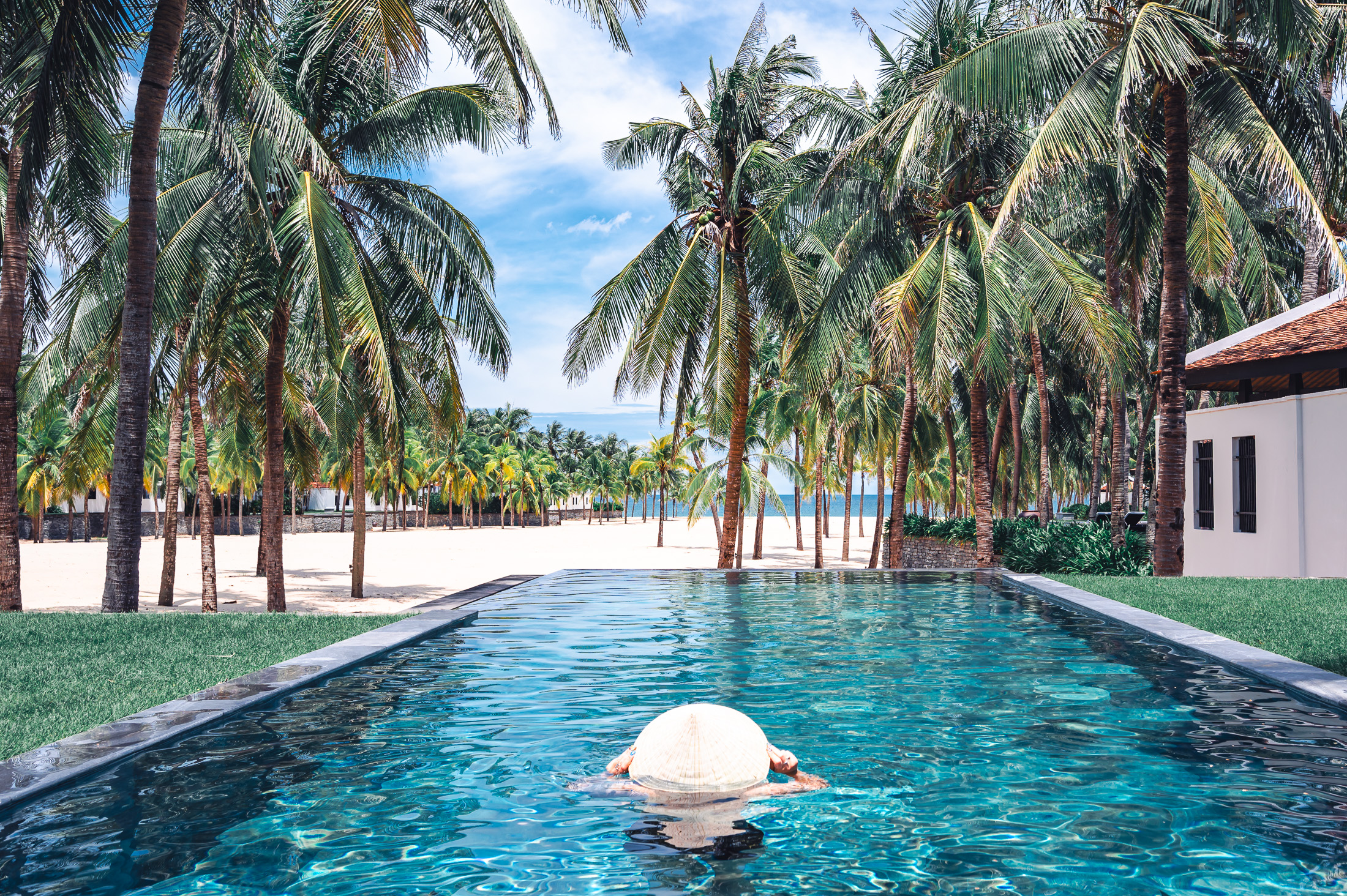
The Four Seasons Nam Hai
The Four Seasons Nam Hai is a surprise in Hoi An. Although it’s not really in Hoi An, a fact that becomes evident when one heads to the beach and looks north following the trail of the pristine white sand to Da Nang and Thọ Quang. Follow it south and you’ll hit Hoi An quite quickly, but standing on the sand, it feels like a place of its own. Its silence belies its location, while its impressive scale suggests more than a resort. A village of winding roads, grand pavilions and lush fauna draped across the hills. When we visit the beach we almost always find it empty, though we’re told by Ngan, our butler, that the Nam Hai is almost at capacity. The villa sits on the beach, pulled back on a sandy inlet populated by palms. Throughout the day, looking towards the sea, I see various people, all of them wearing conical hats, tending to the beach, keeping it spotless: it’s one of the best beaches I have seen anywhere in the world, but few people use it, leaving a quiet oasis lodged between two of Central Vietnam’s most bustling towns.
The Villas at Nam Hai
That could be because most of the villas here come with pools, and there’s a spa, various restaurants and bars, and just so much space to utilise. Our villa is opulent, almost stately. It’s a beachfront pool villa and it’s spread across two houses, with amenities like the centrepiece raised bed and plunge bath in the main house, and the private dining facilities and mini bar in the second. In the lush garden, there’s an immensely generous swimming pool with steps leading down to the private beach, and at the entrance, there’s a fountain, providing a tranquil spot of background noise. The villa never feels anything less than private, and opening the back doors to the beach in the morning becomes a welcome routine, usually accompanied by a moment of silence as the view of the sea and the white sand quickly falls into place, framed by palms and the garden. Directly outside, just past the terrace, there’s the pool. It is huge. Larger than many public pools in similar hotels, and with the most heavenly views.
I spend much of my time here and when we enter the water, it’s often accompanied by a couple of fresh beers and a bowl of freshly cut fruit delivered by Ngan within moments. Butlers at the Four Seasons Nam Hai are on hand to book travel and other experiences, and to make suggestions for food and drink. At times, I felt the service could be a little more bespoke as my preference sways towards the more hands-off style. But Ngan’s desire to please goes as far as asking me to arrange to take my partner out for the evening so Ngan can leave a bunch of surprises in the villa. It’s a bath filled with rose petals and a photo frame filled with a photo of us Ngan found online. The bath is cold.
The Food at the Nam Hai
Buggies are everywhere at the Four Seasons Nam Hai, but a better option is the bikes that each villa has, making the journey to breakfast a pleasant ritual, that anywhere else could feel like a chore. But not here, surrounded by so much beauty and solitude. We take the bikes every morning to breakfast, which is rather busy, with tables by the beautiful main pool and inside the main restaurant. We eat dinner only once at the resort, choosing the Vietnamese food at La Sen over the international options. The food is OK. It’s a little bland in places, the product of dilution to suit a wide variety of foreign tastes. This is a shame as the bar (the main bar was closed during our stay but the menu was available at the beach bar) did the opposite, utilising local flavours and modern ideas to perfection.
Service & Cocktails at The Nam Hai
During our visit, the Pho cocktail (a staple throughout Vietnam but the original and best is at the excellent NE bar in Hanoi) had undergone a bit of an overhaul, removing the side servings of fresh botanicals and beef jerky, which I thought sounded like a mad and excellent addition, so the barman brought me the original version to try — which was excellent, and the experience speaks to the Nam Hai’s service, which is always amenable and for the most part, exceptional. Nothing is too much, but even better (for me at least), is that the service is often invisible: little tidies when we leave the villa, top-ups of water left exactly where we left the empty bottles – ensuring they’re where we use them most. Less good are breakfasts where we’re often greeted by the same person more than once, trying as they do to show off their memory for every guest’s name — which seems completely unnecessary.
The Four Seasons Nam Hai Location
The location of the Four Seasons Nam Hai is superb. It allows good access to Da Nang (but the Four Seasons, regrettably, does not run a shuttle service there) and to Hoi An via a shuttle service. As for the myriad attractions in the area, the mystery-laden temples of My Son and the Euro-themed Ba Na Hills theme park are worth a trip, though the latter is just a rather silly theme park in the sky with views and an admittedly impressive bridge that’s been Imstagrammed to extreme notoriety. Of the two, My Son is more intriguing. It’s essentially a 2000-year-old temple complex snuggled in the Quang Nam Province about an hour from the Four Seasons Nam Hai. It’s often dismissed as the Vietnamese equivalent to Angkor Wat, but My Son is a rare remnant of a coastal Hindu culture with towers and temples cast of fire-red brick, built in reverence to Krishna and Shiva. It’s an exceptional location, with temples claimed by vines and lizards, mountains forming a vast backdrop and a welcome morning shade. But I suggest going early — ideally with a private driver as it’s an nice place to wander independently — in the morning to beat the crowds (we were finished by around 8 am and it was already beginning to fill up with coach tours).
For more photos and to book a stunning villa at the Four Seasons Nam Hai take a look here.
If you found this review helpful, please consider booking your stay at the Four Seasons Nam Hai in Hoi An, with this link, from which we may earn a small commission.
A Word On Hoi An in the 2020s
Hoi An is beautiful but tiresome. Looking at the Irish pubs taking up so much space beside the river where all those boats lit by colourful lanterns swirl around the water makes a glaring argument against over-tourism. It’s noisy and the whole area echoes with live music mostly sung in English. It’s like Khao San Road finely tuned for middle-aged package tourists but with less integrity. It’s my least favourite spot in town, despite it being the prettiest. The best bits are the backstreets with little cafes and string lights connecting old colonial houses — the central streets have more tourist shops but they’re okay and they’re necessary, while the outer streets have more restaurants, cafes and tradespeople working out of tiny houses. There are some great spots for cups of Oolong Tra but the best ones are where groups of young locals gather on their phones, but be judicious with your street food choices in Hoi An, as there have been a fair number of issues (including some closures) recently.
